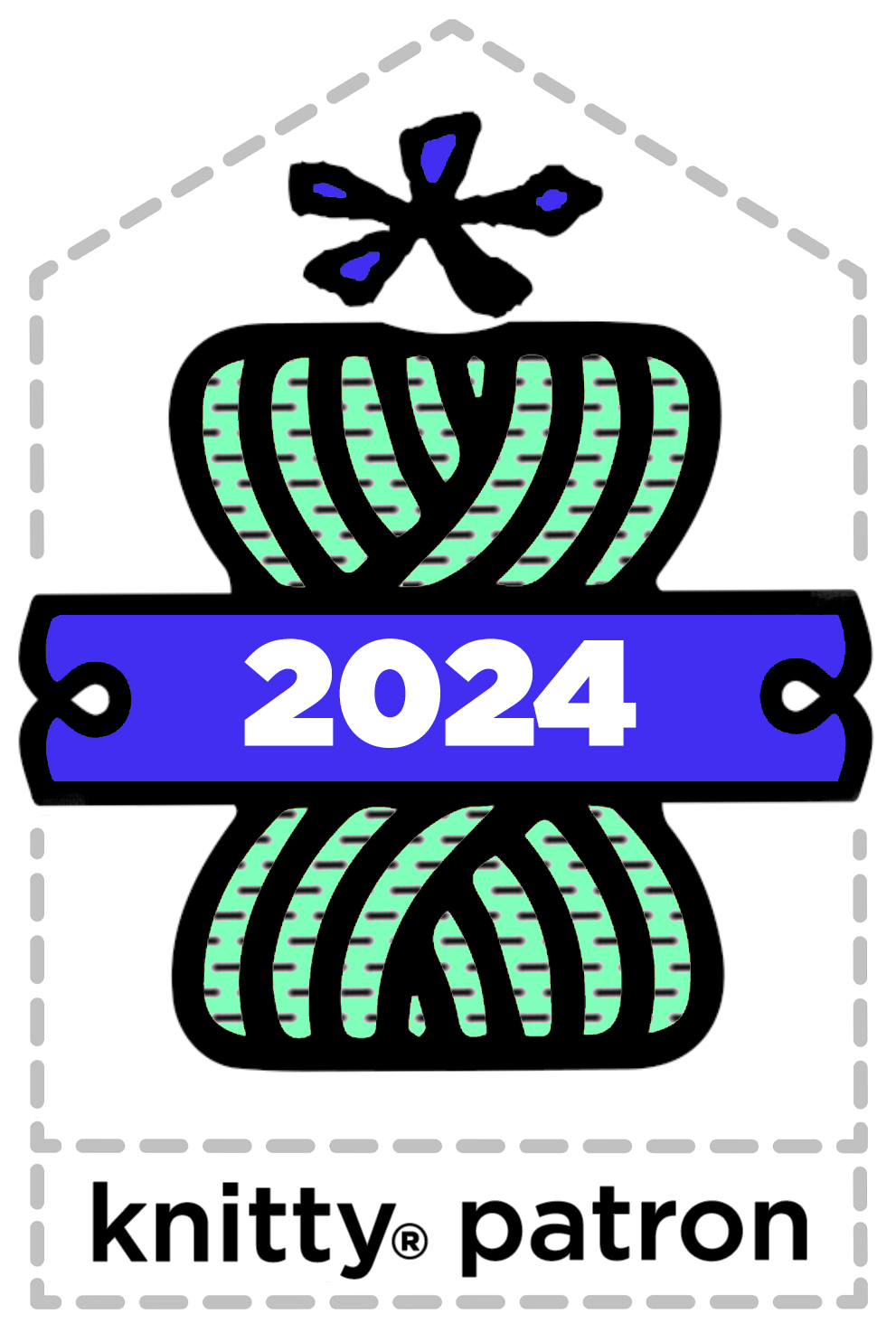Knittyspin, a column on spinning for knitting by Jillian Moreno
INTRODUCTION
Knittyspin
Intermittent Color
I’ve noticed a color phenomenon in commercial yarn lately: intermittent color. It’s bigger than speckles, but just as random.
In a commercial yarn it looks like this, with contrasting color(s) only in select spots in the skein:

Frabjous Fibers Colorburst yarn. A little color goes a long way
When it’s knit, it looks like this – intermittent dashes of color, with no real pattern to the color. I think it looks cool. Sometimes knitters use a different stitch pattern in the contrasting colors.

Frabjous Fibers Colorburst yarn knit into a stockinette swatch
It didn’t take me long to want to figure out how to spin an intermittent yarn, and I was excited to find out that it’s easy to do. You just add in a second color every so often, by breaking off the main color and adding in the contrasting color.
You’ll need a main color and one contrasting color to start. I find using colors that are high contrast are easier to see, especially when I’m trying something new.
I break my contrasting color into smaller, easy to grab and add-in pieces:

I used blue as my main color, and light grey as my intermittent color
I found as I was getting started with this it really helped to name my intermittent pattern. By that I mean come up with your own intermittent sequence that’s easy to remember.
I did my pattern by number of drafts. I used 10 drafts of the main color, broke it off and then joined and worked the contrasting color for 3 drafts, and repeated that sequence. Of course, I spaced out sometimes and lost count, but that’s ok since randomness is what makes this type of yarn so pretty. I really just needed a base drafting pattern to get started and to return to after I spaced out.

Blue with grey intermittent 2-ply yarn knit in stockinette
In a commercial yarn like the one at the top of this article, the color is applied after the yarn is spun, so the contrasting color is very clear.
2-ply yarns are my go-to yarns, unless I’m am making a specific yarn that needs more or fewer plies.
When you make a 2-ply intermittent yarn, the contrasting color doesn’t always match up in the plying. You get spots where the contrasting color matches up, and also spots where the contrasting color marls with the main color. You can see the difference pretty clearly in the blue and grey sample above. I like that look, but I am a fan of any kind of visual texture.

From the top down, singles, 2-ply, and chain ply stockinette swatches
Don’t like that look? You can always spin an intermittent singles yarn, or chain ply your yarn. These swatches have a lower contrast than the blue and grey, but I can still see how spinning a singles or chain-plying keeps the color clear.

How about close up? Left to right, singles, 2-ply, and chain ply stockinette swatches
Looking at them up close, I can really see what’s going on. The singles yarn has crystal clear color, the chain ply has clear color, and a tiny bit of marling with the main color. The 2-ply is a combination of matching and marling. I like them all.
Before you ask, of course you can add more colors!
Look at these yarns I made with four contrasting colors. Aren't they fun?

More color! From the top down, singles, 2-ply, and chain ply stockinette swatches
Now you get clear contrasting colors that may stack up against other contrasting colors in the singles and chain-plied yarn. Or there’s the color party going on in the 2-ply yarn, matching, marling with the main color, or marling with other contrasting colors.

Closer, Left to right, singles, 2-ply, and chain ply stockinette swatches
This is a fun technique to experiment with. This article is just a start to making and using intermittent color. I have a giant list of samples I want to make, just for my own fun. It’s a great way to get comfortable with making your own color combinations, and to use up little bits of stash.
ABOUT THE AUTHOR
 Jillian Moreno is the editor of Knittyspin and Catalyst for Knitty. She's the Developmental Editor for PLY Magazine and PLY Books. A couple years ago, she wrote the best-selling spinning bookYarnitecture: A Knitter’s Guide to Spinning: Building Exactly the Yarn You Want. Now she’s writing another spinning book and trying hard not to start weaving.
Jillian Moreno is the editor of Knittyspin and Catalyst for Knitty. She's the Developmental Editor for PLY Magazine and PLY Books. A couple years ago, she wrote the best-selling spinning bookYarnitecture: A Knitter’s Guide to Spinning: Building Exactly the Yarn You Want. Now she’s writing another spinning book and trying hard not to start weaving.
She lives in a house packed with fiber and books and has a hand spinning Patreon over here.
Pattern & images © 2021 Jillian Moreno. Contact Jillian







